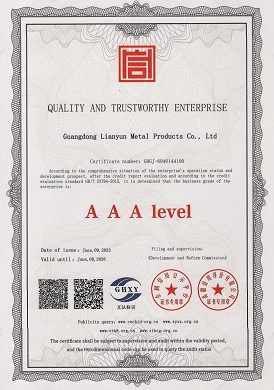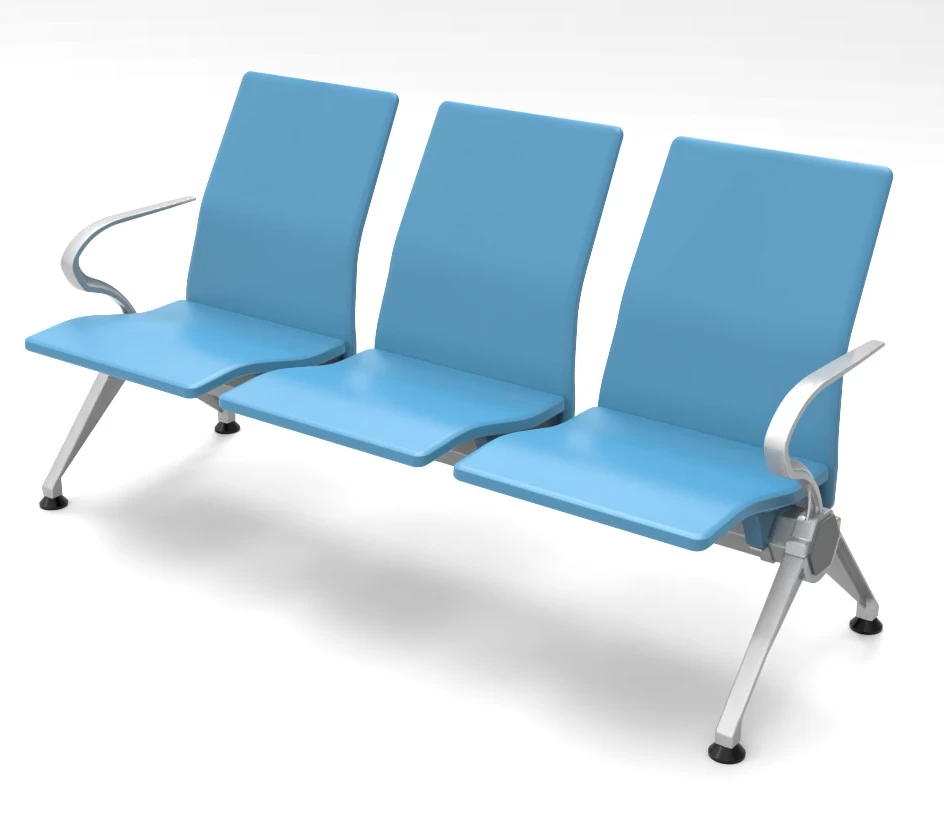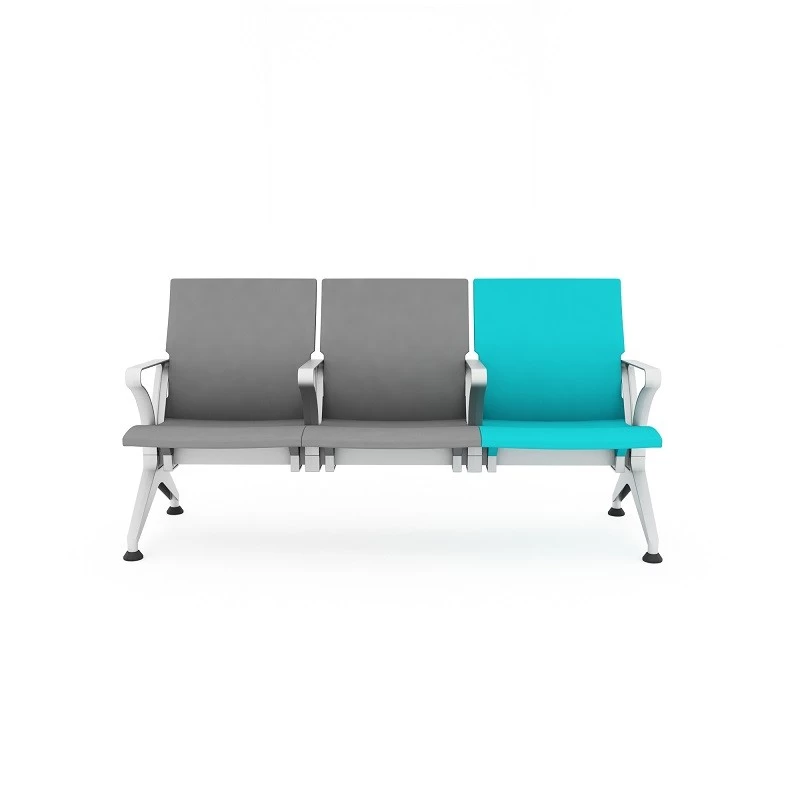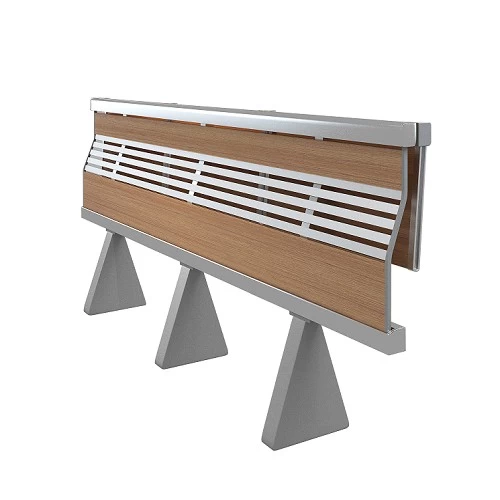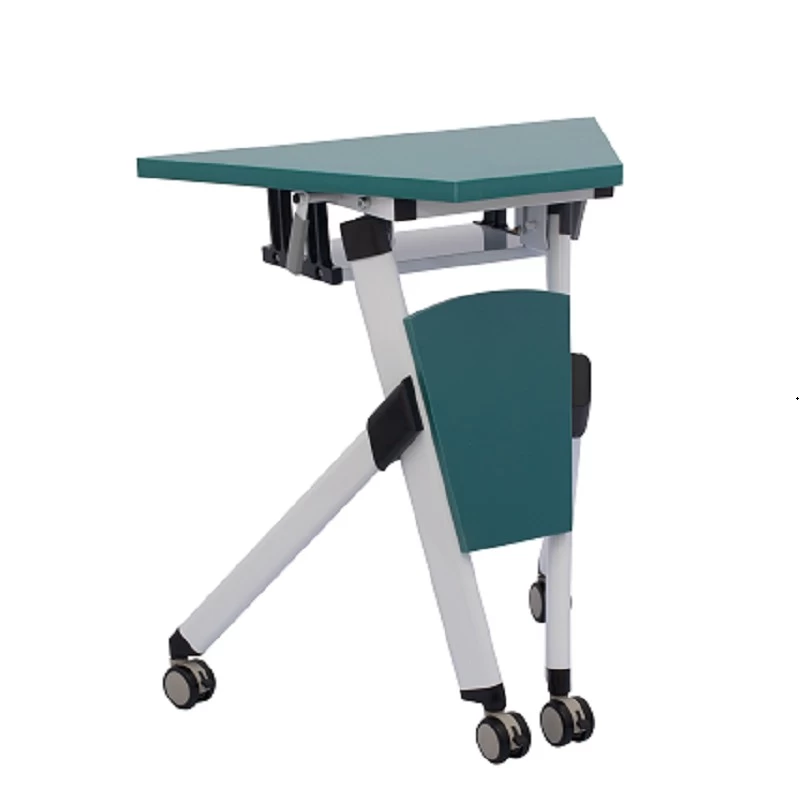How to choose safe student desk materials?
When selecting materials for student desks, safety should be the foremost priority. A well-designed desk not only supports learning but also safeguards children’s health and well-being. The ideal material must be non-toxic, durable, easy to clean, and environmentally friendly, ensuring a secure and sustainable learning environment.
1. Non-Toxic and Hypoallergenic Properties
Desks should be made from materials free of harmful chemicals such as formaldehyde, volatile organic compounds (VOCs), and heavy metals. (Custom School furniture supplier china) Engineered wood products like medium-density fiberboard (MDF) or plywood must meet strict safety certifications (e.g., CARB P2 or GREENGUARD) to ensure low emissions. Alternatively, solid wood—such as birch or maple—is a natural, non-toxic choice, though it requires proper sealing to prevent splinters and bacterial growth.
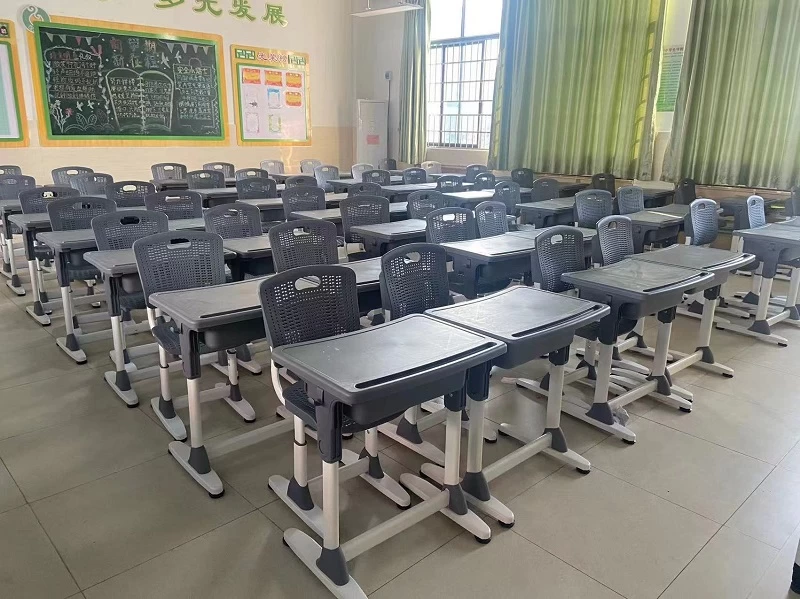
2. Durability and Scratch Resistance
Students interact with desks daily, so surfaces must withstand scratches, spills, and frequent cleaning. High-pressure laminate (HPL) is a popular choice due to its scratch-resistant and waterproof qualities. For a more premium option, powder-coated steel or aluminum frames paired with tempered glass or composite tops offer long-lasting performance without sharp edges.
3. Easy Maintenance and Hygiene
Classrooms demand materials that are simple to sanitize. (Student desk factory china) Plastic or polypropylene desks are lightweight, easy to wipe down, and resistant to stains—ideal for younger students. However, they should be BPA-free to avoid chemical leaching. For a balance of elegance and practicality, linoleum or epoxy-coated surfaces provide antimicrobial properties while maintaining a warm aesthetic.
4. Eco-Friendly Considerations
Sustainable materials reduce environmental impact while promoting student health. Recycled plastic or FSC-certified wood minimizes deforestation and waste. Bamboo, a rapidly renewable resource, is another excellent option—naturally antibacterial and sturdy enough for daily use.
The safety of student desks hinges on thoughtful material selection. By prioritizing non-toxic, durable, and eco-friendly options, schools can create a healthier learning space that fosters both comfort and productivity. Investing in high-quality materials today ensures a safer, more sustainable future for students.



